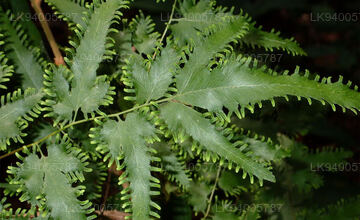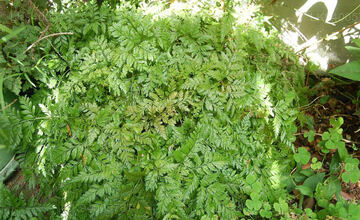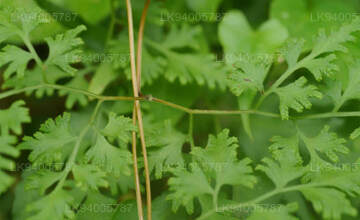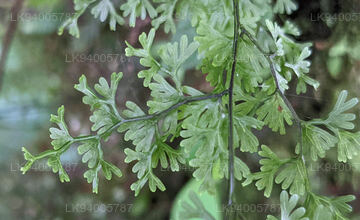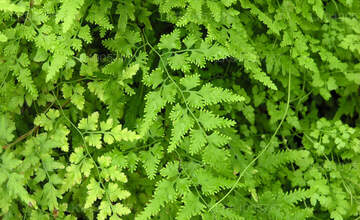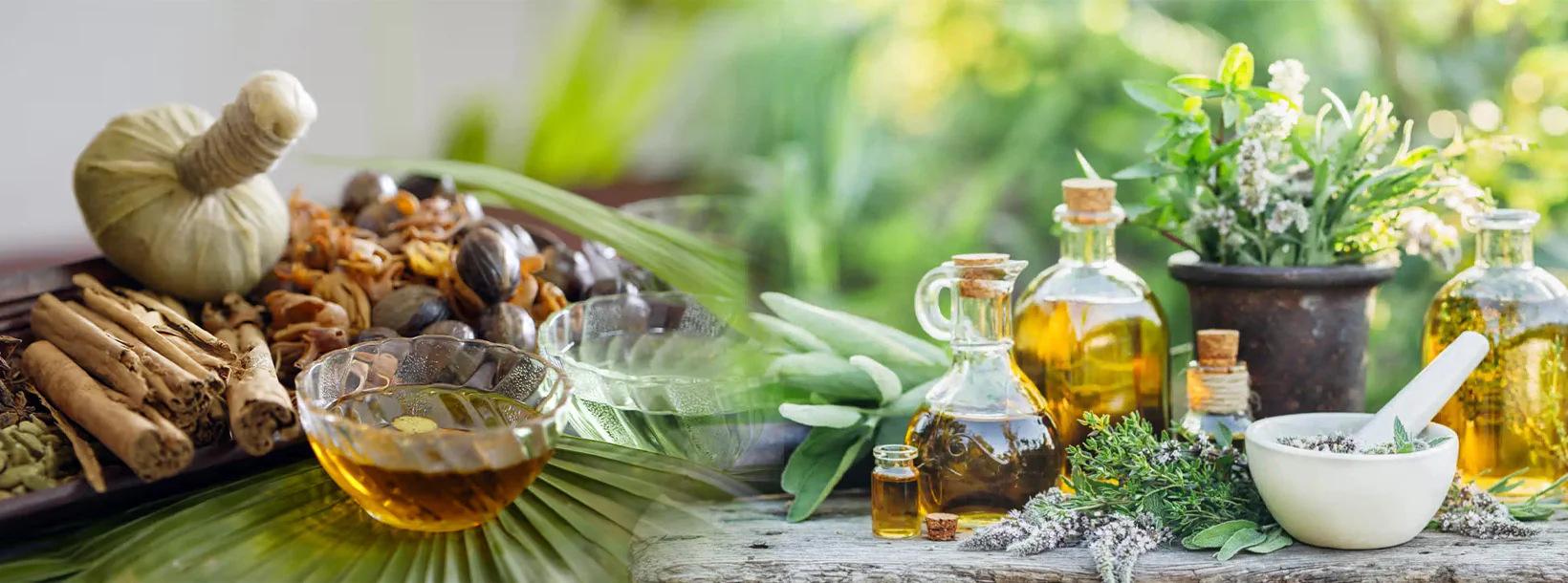
Ayurvedic Medicinal Plants
Sri Lanka's Ayurvedic tradition features a rich variety of medicinal plants used for centuries. Sri Lanka has a rich tradition of Ayurvedic medicine, drawing on its indigenous knowledge and a variety of medicinal plants. Here are some notable Ayurvedic medicinal plants found in Sri Lanka:
Lygodium flexuosum
As the saying goes, when you are in the middle of many problems that are difficult to solve, it is like being stuck in a bamboo barn. The file made from it, which includes these vines, is called a rope. The young stem of the palm vine is green and the mature stem is purplish black. Compound leaves are smooth or slightly wrinkled. Leaflets take different shapes. Clusters of pods, or soras, protrude from the leaf stem. Out of them the spread of spore production takes place.
Lygodium microphyllum is also known as Pamba vine. Native plant species of cotton & Lygodiaceae are herbivores. It is another naturalized plant that bears beautiful red flowers. Country palm should not be confused with local palm species mentioned by that name.
The roots, leaves and vines of the cotton plant are used to treat eye diseases, ulcers, wounds, swellings, cuts, gunshot wounds, etc. Chandrakanti thalaya, Ketaki thalaya, Agraraja thalaya, Divyaraja thalaya, Nawa Patala thalaya are the medicines produced by Pamba vines.
Gunshot wounds are treated with cotton collared wound oil. Pamba leaves, tamarind leaves, millet leaves should be ground and applied with lime juice for swelling. The product of papaya leaves, bombu leaves and pomegranate leaves are used to treat eye diseases. Cotton leaves can be taken as poultice. Villagers make porridge using pamba leaves and it is said that cooked porridge is good for cough and back.
Lygodium flexuosum is part of the catalog of ayurvedic medicinal plants of Sri Lanka.
-

Ankenda
Acronychia pedunculata -

Beli
Aegle marmelos -

Bakmi
Nauclea orientalis -

Bangwel-geta
Coscinium fenestratum -

Bukinda /Walkinda
Tinospora malabarica -

Bu- kobbe
Allophylus cobbe -

Dodan –kaha
Memecylon capitellatum -

Diyamitta
Cissampelos pareira -

Embul dodan
Citrus aurantium -

Gas nidikumba
Biophytun reinward -

Hintambala
Carmona microphylla -

Goraka
Garcinia cambogia -

Karapincha
Murraya koenigii -

Keppetiya
Croton laccifer -

Kohomba
Azadirachta indica -

Kotikan-bevila
Sida alba -

Kudumiris (Forest paper)
Toddlia asiatica -

Kurundu
Cinnamomum zeylanicum -

Mahakaramba
Carissa carandas -

Muna mal
Mimusops elengi -

Nelli
Phyltanthus emblica -

Puwak
Areca catechu -

Rath mal
Ixora coccinea -

Eepatta / Ruk - anguna
Alangium salviifolium -

Siyambala
Tamarindus indica -

Walangasal / Wal-embilla
Embelia ribes -

Wal Karapincha
Micromelum ceylanicum -

Welangiriya
Paramignya monophylla
Ayurvedic and Herbal
-
Bálsamo de hierbas Siddhalepa Ayurveda
Precio habitual A partir de €0,95 EURPrecio habitualPrecio unitario / por -
Hojas de guanábana deshidratada Lakpura (guanábana, graviola, guayabano)
Precio habitual A partir de €2,95 EURPrecio habitualPrecio unitario / por -
Link Swastha Thriphala (30 comprimidos)
Precio habitual A partir de €1,95 EURPrecio habitualPrecio unitario / por -
Aceite milagroso Sethsuwa Pranajeewa
Precio habitual A partir de €2,95 EURPrecio habitualPrecio unitario / por

